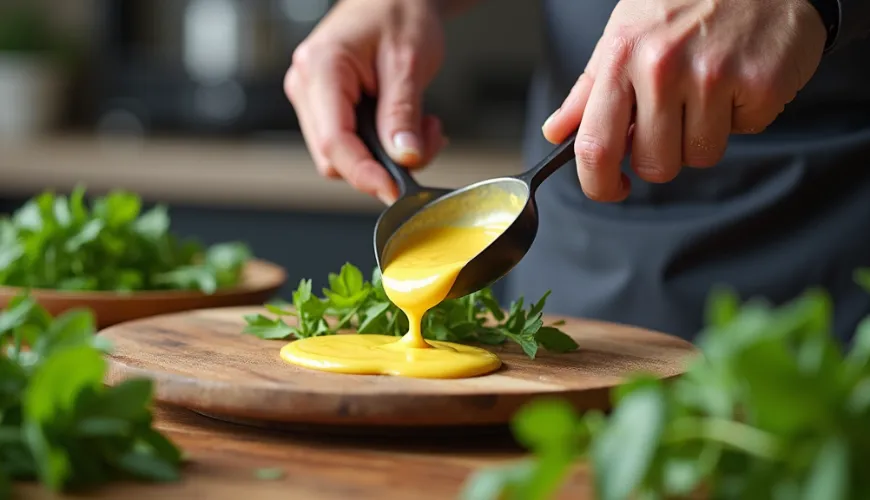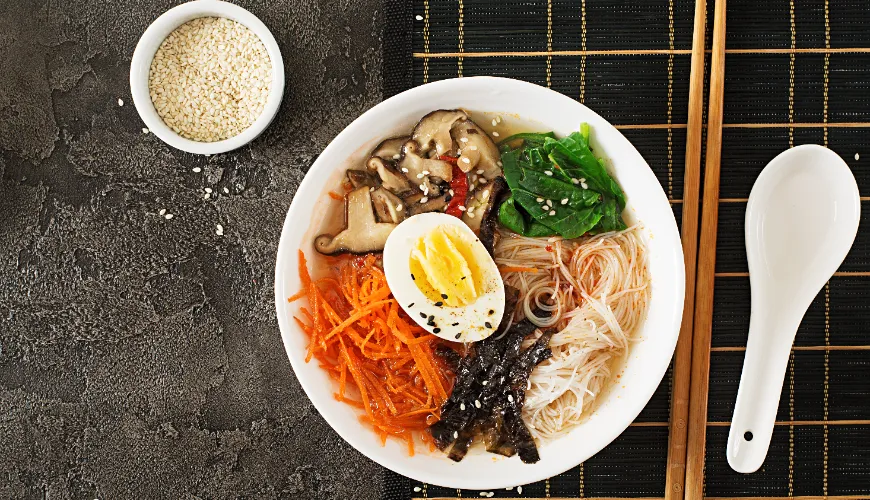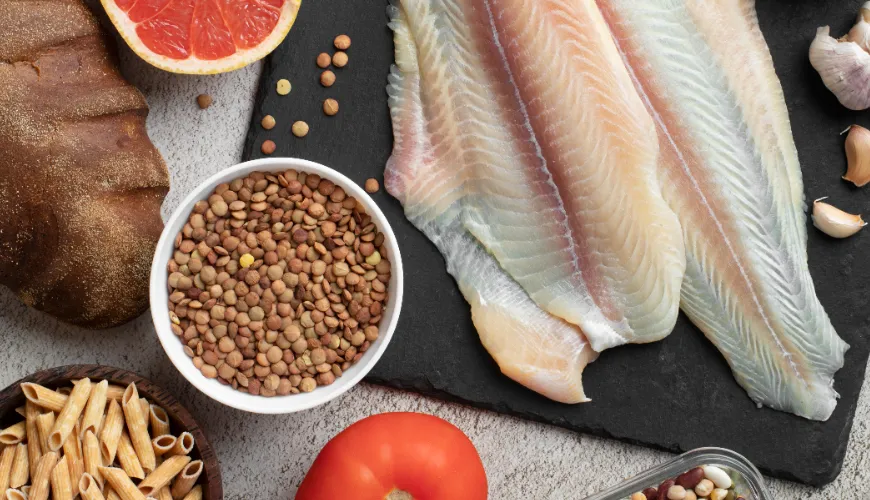
Discover the abundance of possibilities with mustard sauce in your kitchen

The Secret to the Perfect Mustard Sauce
When you think of mustard, most people imagine a classic accompaniment to a sausage or a generous spoonful with grilled sausage during a summer barbecue. However, mustard has a much wider use in the kitchen than it might seem at first glance. One of the most versatile and at the same time tastiest ways to use it is to make a sauce. Mustard sauce is a great complement to meat, pairs excellently with pasta, vegetables, and legumes, and can be an unexpected twist in vegetarian and vegan cuisine.
A huge advantage of this sauce is its simplicity. The recipe for mustard sauce is manageable for anyone—it takes no more than a few minutes and does not require complex ingredients. Moreover, it can easily be adapted to taste or whatever is currently in the pantry. Perhaps that is why this sauce is gaining popularity not only in households but also in modern bistros and restaurants focused on healthier and creative cuisine.
Simple Mustard Sauce
The basis of most variations is a combination of a few ingredients: quality Dijon mustard, onion or shallot, plant-based fat (or butter), broth or plant-based milk, and a bit of cream. Some add white wine, maple syrup, or fresh herbs – all these ingredients can elevate the sauce's flavor.
For example, when preparing mustard sauce for meat at home, a combination of full-fat mustard, garlic, and fresh thyme is often chosen. Conversely, if it's a lighter version for roasted vegetables or tofu, Dijon mustard with a splash of plant-based cream is more suitable.
For the most basic version, you need:
- 1 tablespoon of olive oil or plant-based butter
- 1 small onion, finely chopped
- 2 tablespoons of quality mustard (preferably Dijon)
- 200 ml of vegetable broth or oat milk
- 2 tablespoons of plant-based cream (e.g., soy or oat)
- salt, pepper to taste
First, let the onion become translucent in a pan, add the mustard, briefly sauté, and then pour in the broth. After a few minutes of gentle cooking, the sauce is softened with plant-based cream. Mix everything, season, and serve.
If anyone asks how to make a simple mustard sauce, this is the recipe – quick, versatile, healthy, and above all, tasty.
Mustard Sauce with Chicken
Many people know mustard sauce primarily as part of recipes with meat. One of the most popular is undoubtedly mustard sauce with chicken. This recipe is favored not only for its quick preparation but also because it combines the strong flavor of mustard with the tenderness of chicken. The result is a perfectly balanced dish that can be served with potatoes, pasta, or rice.
In practice, it might look like this: chicken breasts seasoned with salt, garlic, and fresh pepper are seared in a bit of olive oil. The meat is then removed, and the mustard sauce is prepared in the same pan according to the basic recipe — with the difference that a bit of white wine and a teaspoon of honey are added to soften the overall flavor. The meat is returned to the pan, briefly simmered with the sauce, and done. The result is a hearty and aromatic lunch that appeals to both adults and children.
Mustard Sauce as a Star in Vegetarian Cuisine
Unlike traditional Czech cuisine, which often places mustard as a complement to meat, modern plant-based gastronomy can play with it much more creatively. Mustard sauce with roasted vegetables? A great choice. Mustard dressing on a lentil and beet salad? Refreshing and unusual.
An example could be a simple dish of roasted cauliflower, sweet potatoes, and chickpeas, complemented by a lightly spicy mustard sauce with lemon and tahini. This recipe is ideal for those seeking a plant-based option full of flavor contrasts, yet wanting to maintain simplicity and minimal dishwashing.
In one Brno vegetarian café, mustard sauce is used as a fundamental component in a popular tofu bowl, where it complements a combination of roasted broccoli, pickled carrots, and jasmine rice. Such recipes prove that mustard is not confined to one type of cuisine—on the contrary, its potential is enormous.
How to Choose the Right Mustard
For the sauce to really succeed, it is crucial to choose the right type of mustard. While classic full-fat mustard is milder and has a sweet flavor, Dijon mustard is sharper and more aromatic, ideal for more pronounced sauces. Those who like sweeter tones can opt for honey mustard, which is suitable for salad dressings or as a softener for spicier recipes.
When choosing, it pays to prefer quality products—ideally those without preservatives, colorings, and added sugar. In stores like Ferwer, it is possible to find organic mustards in eco-friendly packaging, which not only taste great but also support a more sustainable way of shopping.
The truth is that the quality of the input ingredients often determines the outcome of the entire dish—and this is doubly true for sauces. As chef and local cuisine advocate Roman Paulus says: “In simplicity, there is not only beauty but also taste—if you have good ingredients, it's almost impossible to spoil the dish."
Mustard Sauce as a Recipe against Kitchen Stereotypes
Whether it's a quick dinner during the workweek or weekend cooking with friends, the recipe for mustard sauce belongs in the arsenal of anyone who doesn't want to cook complicatedly but still values taste. Thanks to its broad variability, it can easily be adapted to a specific diet or season—softened with oat cream for vegans, added fresh herbs in the spring, or flavored with a pinch of chili in the winter.
One thing is certain: mustard sauce remains a great example of how to create a lot from a little. Just a spoon or two of mustard, a few basic ingredients, and a good idea—and even an ordinary meal can turn into a culinary experience.

